
Danger is something that may cause harm–like an aggressive shark or a cuddly kitten.
Most everything we come in contact with has the potential to be dangerous in the right wrong situation. For example, jellybeans–individually or by the handful–are a yummy and not particularly dangerous treat. Consuming nothing but jellybeans for a year or two could, however, cause big health problems. Falling into a vat of jellybeans and sinking to the bottom as you flail about, struggling to find your footing, during a tour of the local jellybean factory wouldn’t be great for your health, either.
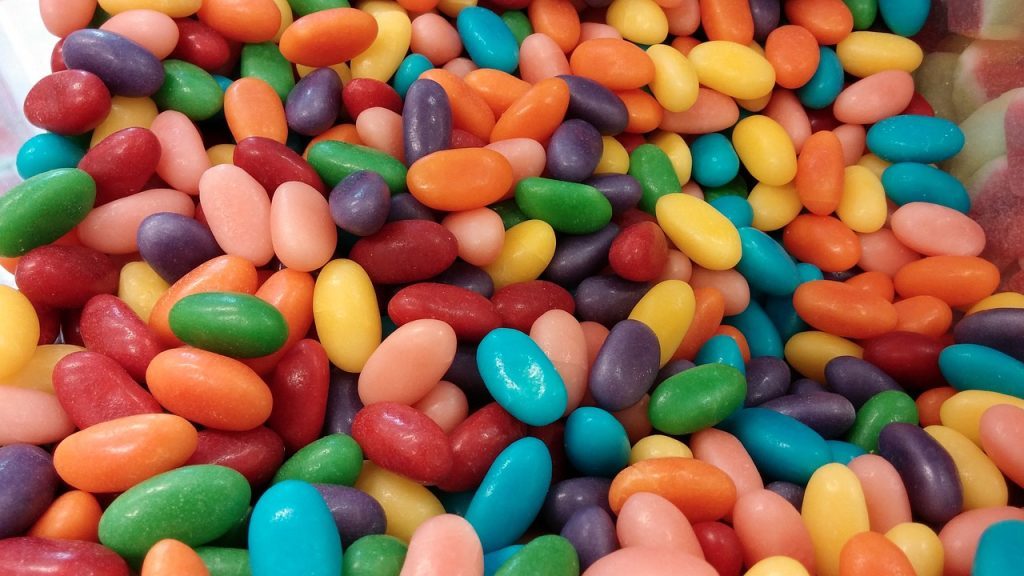
Even though jelly beans may cause harm in some situations, most kids get to nosh down on them from time to time. This is because steps have been taken to avoid the potential jellybean hazards. Kids are not allowed to eat nothing but jellybeans, for example–and the jellybean factory has guardrails around the giant vats of sugary goodness so no one falls in. Ameliorating those hazards makes it easier to allow children to risk being around jellybeans. It makes jellybeans less dangerous.
Making things less dangerous is part of keeping early learning settings safe. Caregivers must be vigilant about assessing realistic potential dangers, while spending less time on the highly unlikely scenarios.
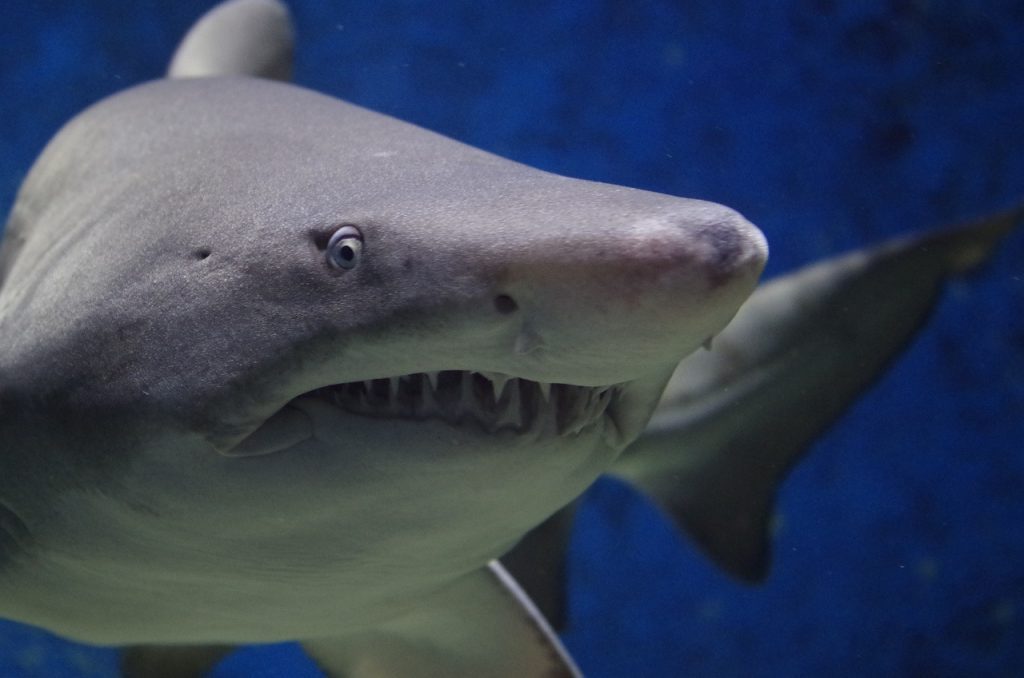
Not worrying about things that are extremely unlikely to happen is one part of that process. For example, it turns out that in most early learning settings, sharks are not a big concern. Shark attacks during play at the water table are almost nonexistent, and it is rare that a child is harmed by a shark while painting a picture of the trip they took to the beach with grandma last summer.
It may seem ludicrous that I have to mention that it is not necessary to worry about ALL the dangers, but some adults working in early learning settings worry about every damn thing. Ms. Thirza worries, “A tropical storm could suck up a shark and rain it down right in the middle of the playground! What would happen to the children? We need to do weekly Sky Shark Drills!” and “No jellybeans! Tuomas could stick one up each nostril, get another one stuck in his throat, and then what? He could die!”
While those things could happen, I’d suggest worrying about the things that are more likely to potentially cause harm to the children in your program.
Ms. Thirza’s constant worrying, is one example. It turns out that adult worry about dangers often curtails the developmentally appropriate activity of young children. Ms. Thriza worries about jellybeans and sharks, but she also frets about rough-and-tumble play, running, jumping off the swings, climbing up the slides, playing with sticks, mud, scissors, messes, and so much more.
Seeing everything as a DANGER–and not honestly evaluating its likelihood of occurring or the likely outcome if it did occur–hinders developmentally appropriate activity. In these situations, beneficial activities like the ones mentioned above get banned. And that in itself is a danger because children’s developmental needs are stinted.
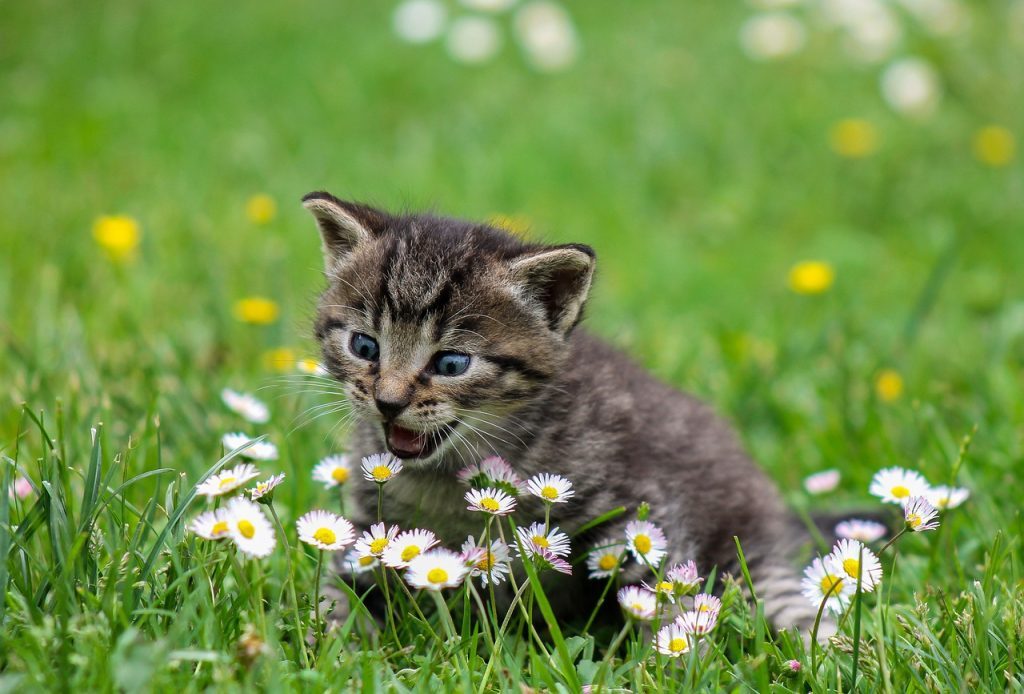
People like Ms. Thirza who see danger everywhere may overreact when it comes to some things, but they tend to be good at sussing out hidden dangers others may miss. For example, cuddly kittens come equipped with sharp teeth and claws that can surprise unsuspecting children. Rough and tumble play breaking out all over the place is more dangerous than restricting it to a certain area. There probably should be some expectations about how sticks are handled to keep them safe. Programs benefit from having someone on staff skilled at seeing such things.
Danger Wrap-Up
A danger is something that could cause harm. Not all potential dangers are created equal. In early learning settings, we need to attend to the most likely. We also must actively avoid hindering children’s natural need to move and explore the world. These activities are rich in developmental benefits, and they help children learn to assess and manage how they deal with things that might, possibly, maybe cause harm.
A Few Related Quotes
Contribute content to Playvolution HQ
Brought to you by Explorations Early Learning
Thoughts On This Entry?
I’d love to hear your thoughts on improving this entry and suggestions for additional glossary additions in the comments below. You can also contact me with comments or concerns.
Related Content



Post Author
Jeff Johnson is an early learning trainer, podcaster, and author who founded Explorations Early Learning, Playvolution HQ, and Play Haven.


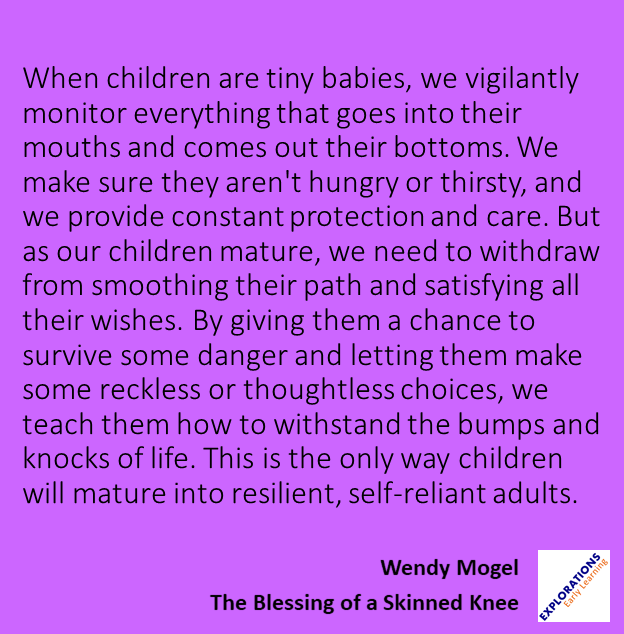
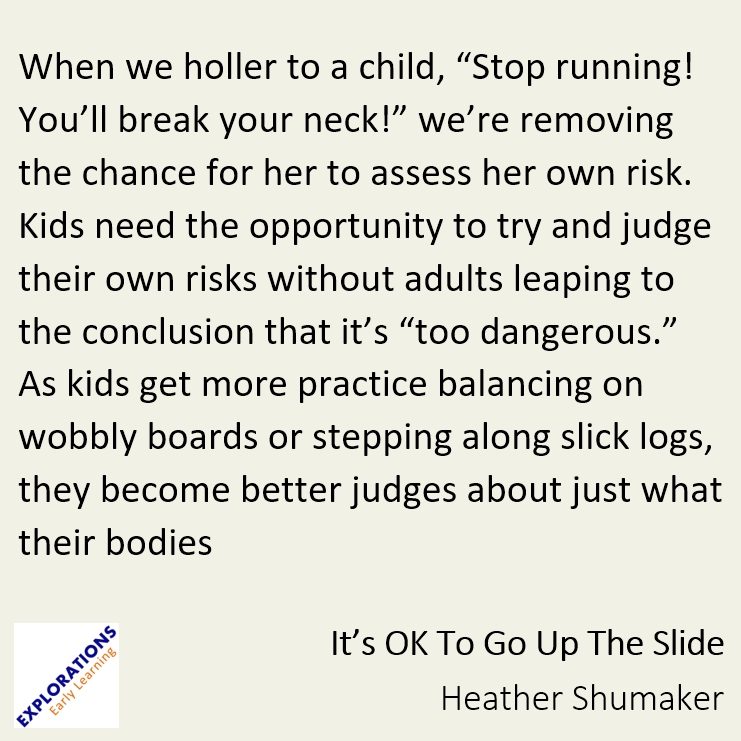
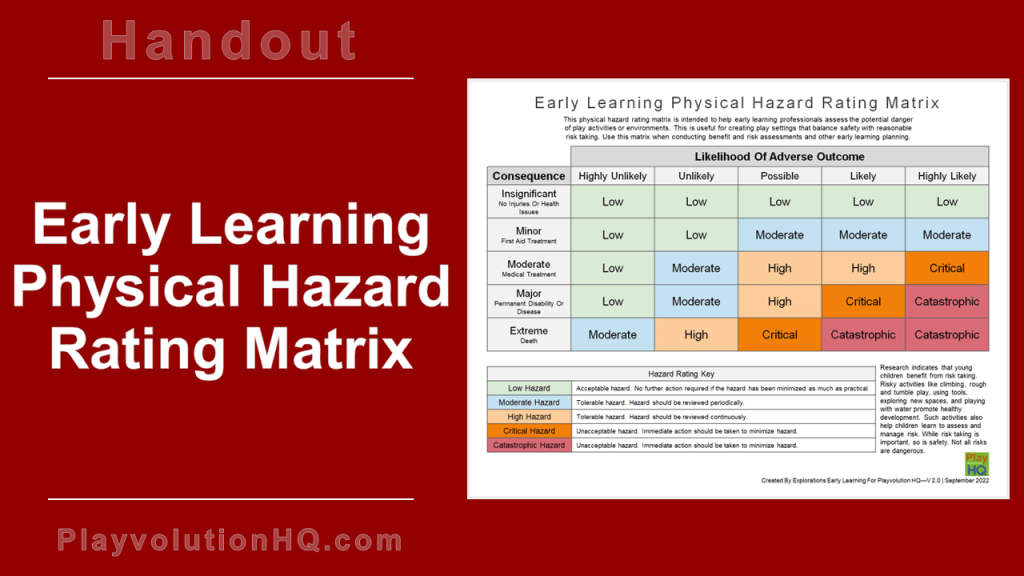
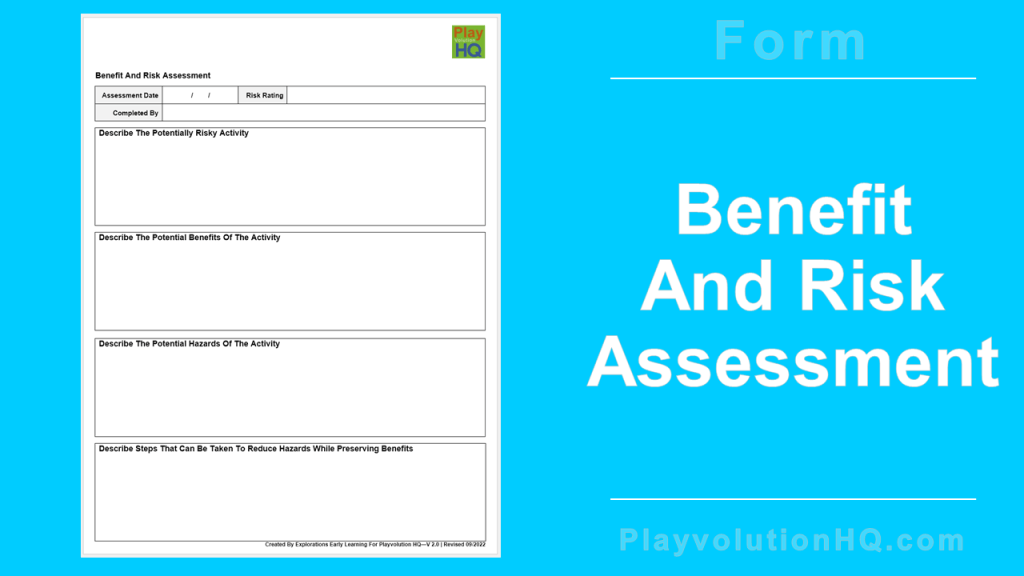
Leave a Reply